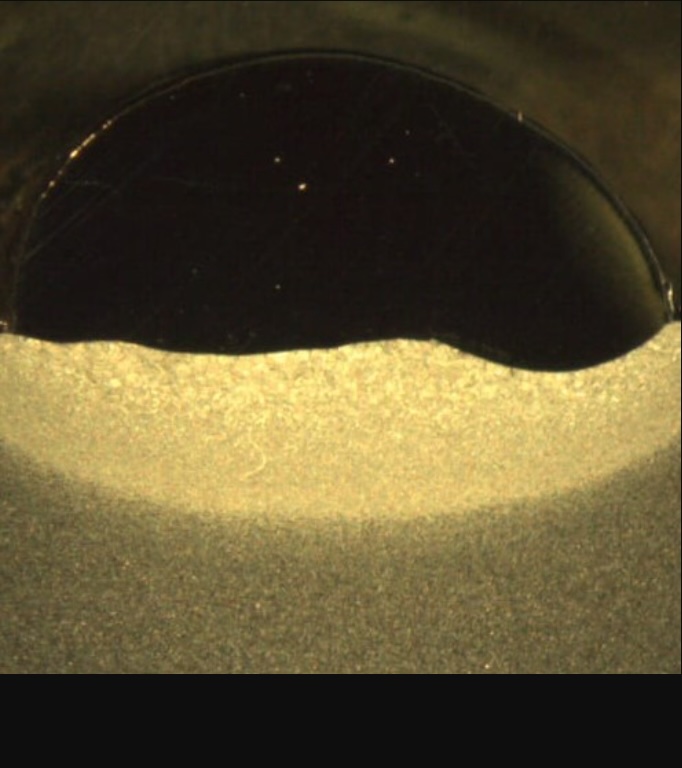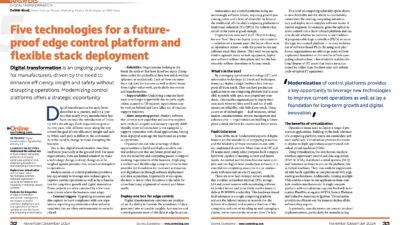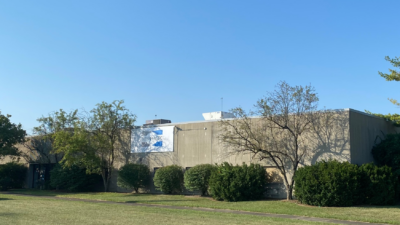The advancement of six technologies in the welding industry produces an array of benefits, transforming how welding operations are executed.

Learning Objectives
- Understand the transformative impact of six major technological advancements on the welding industry.
- Explore the role of robots and collaborative robots (cobots) in welding operations.
- Examine the application of virtual reality (VR) and augmented reality (AR) in welding training.
- Learn about innovative welding techniques such as friction stir welding (FSW) and laser beam welding (LBW).
Welding industry insights
- Integration of advanced technologies like robotics, virtual/augmented reality, and drones in the welding industry is enhancing efficiency, safety and quality, with the global welding equipment market projected to exceed $15.3 billion by 2026.
- The adoption of robots in welding reduces the risk of repetitive strain injuries and exposure to hazardous conditions, while collaborative robots (cobots) assist in physically demanding tasks without needing safety barriers.
- New welding techniques such as friction stir welding and laser welding are addressing the challenge of welding dissimilar metals by offering cleaner, more precise and faster welding processes, revolutionizing manufacturing sectors like automotive and aerospace.
System integration of welding and robotics, virtual and augmented reality, drones, mixed materials friction stir welding and lasers are transforming how welding operations are executed. Every day, technologies like these help shift manufacturing, construction and infrastructure, with the global market for welding equipment expected to reach more than $15.3 billion by 2026, according to Water Welders.
The advancement of technology in the welding industry can attract an array of benefits, including increased efficiency, reduced downtime, and improved safety, precision and overall quality of welding processes.
Applying industrial robots to welding reduces repetitive injuries, saves materials
In recent years, the use of robots has become more popular across many sectors and are implemented within daily operations. In more recent times, the welding industry has followed suit, adopting robots to ensure consistent quality, maximize productivity and facilitate cladding applications.
With that, Bastien Gerard, business development director of consumables from Welding Alloys, provided his insight saying: “Yes, there is no hiding that these ingenious tools have a high initial cost, both in terms of equipment investment and personnel training.”
“However, in the long run, they are likely to pay off the hefty expenses by largely increasing efficiency.”
“What’s more, another advantage of using robots in certain processes is that they can save staff from being exposed to hazardous fumes or radiation and can significantly reduce the risk of repetitive strain injuries.”
“And for those operations where the supervision of human welders is necessary, there are collaborative welding robots (welding cobots) that can make the job easier.”
“Equipped with sensors that allow them to work safely with humans without the need for barriers, cobots are designed to assist employees with the more repetitive, physically demanding aspects of welding.”
Implementing virtual reality and augmented reality for welding training
Welding simulators within virtual reality (VR) and augmented reality (AR) are being used for training. High-tech VR and AR headsets offer an immersive environment where workers can practice welding skills in a safe and controlled manner.
VR welding training involves a simulation of real-world scenarios and equipment where the welder is expected to carry out specific tasks within. With AR, the welder uses a wearable device to access digital overlays that provide guidance and instructions as they perform an operation in real life.
One of the benefits of VR and AR is they can provide instant feedback, which can assist welders in harnessing skills and identifying key areas in which they need further training. This can help workers and companies improve the quality of production and minimize potential errors or defects.

The use of welding drones with sensors, cameras, robots
Welding drones are fitted with sensors, cameras and robotic arms essential for carrying out inspections on hard-to-reach or hazardous locations.
No matter how experienced the welder is, performing welding processes on bridges, high-rise buildings or offshore oil platforms can be dangerous. Using drones can eliminate unnecessary risks or safety issues because drones can be operated remotely to check sites from a safe distance and make adjustments as required.
Drones being able to access remote and hard-to-reach locations allows companies to save time and money. In fact, there will be no need for scaffolding, which can delay operations and impact business finances.
New friction stir welding and laser welding
One the most complex challenges for welding workers is to weld dissimilar metals.
However, recent years have witnessed the development of a new technique called “friction stir welding” (FSW). This process uses mechanical friction by applying pressure and rotating the metals at high speed, which in turn causes them to fuse and form a strong bond.
FSW is revolutionary as it offers clean, precise welding without defects or porosities.
Another similar advancement that’s been introduced is laser-beam welding (LBW). This process adopts a focused beam of light to join different metals while keeping control of overheat inputs and weld penetrations.
LBW guarantees precision, consistency and speeds up operations that usually take more time to complete. Thanks to its reliability, this technology is increasingly being used in automotive, medical device and aerospace manufacturing.
Guillaume Roeckel is global machines sales director with Welding Alloys. Edited by Tyler Wall, Control Engineering, associate editor, [email protected].
ONLINE
See other ways robotics helps manufacturing on the Control Engineering robotics page.
https://www.controleng.com/mechatronics-motion-control/robotics


